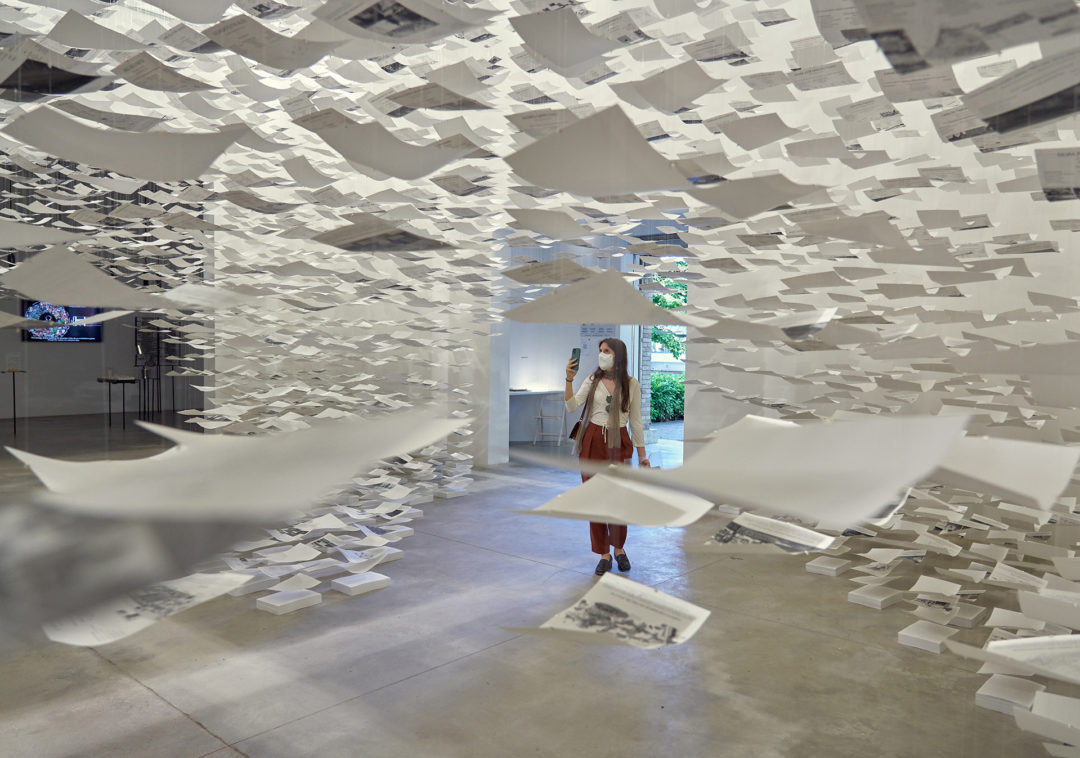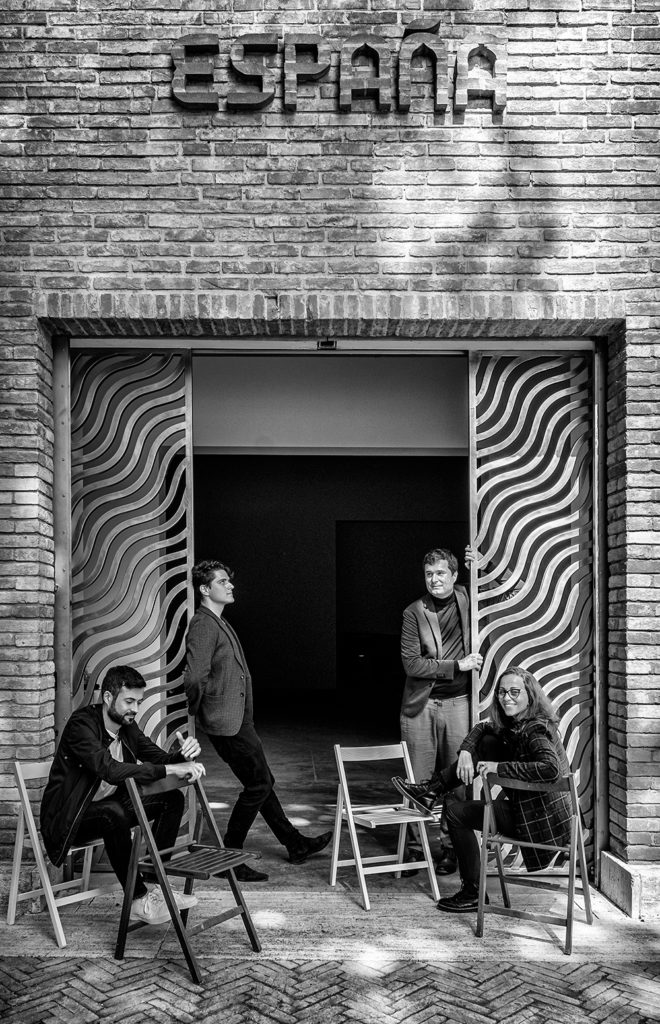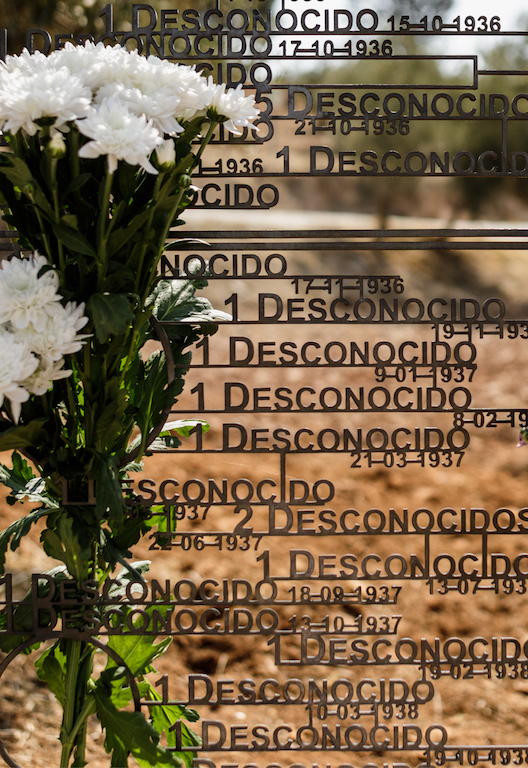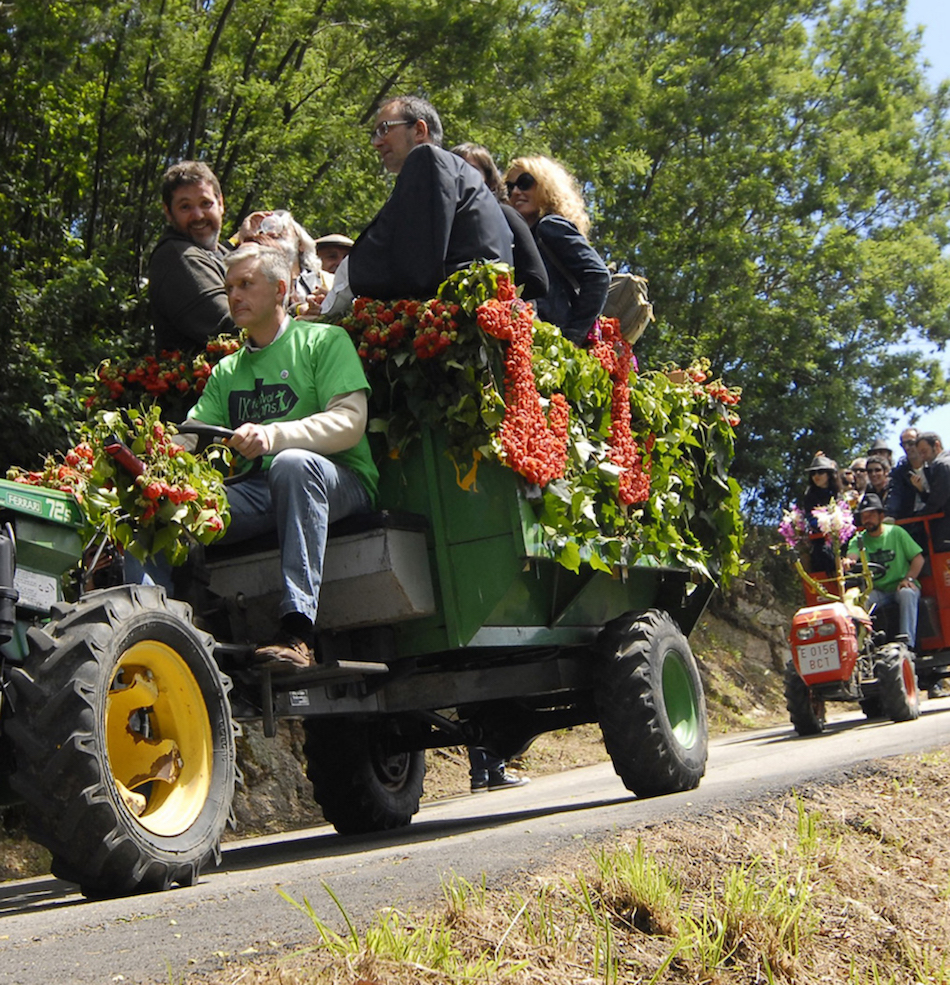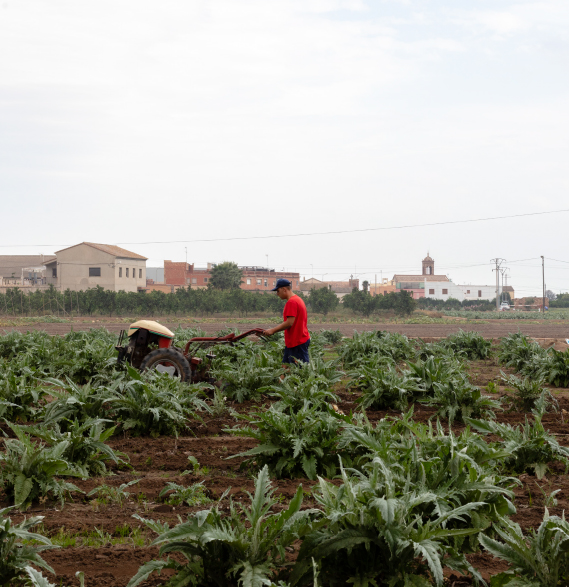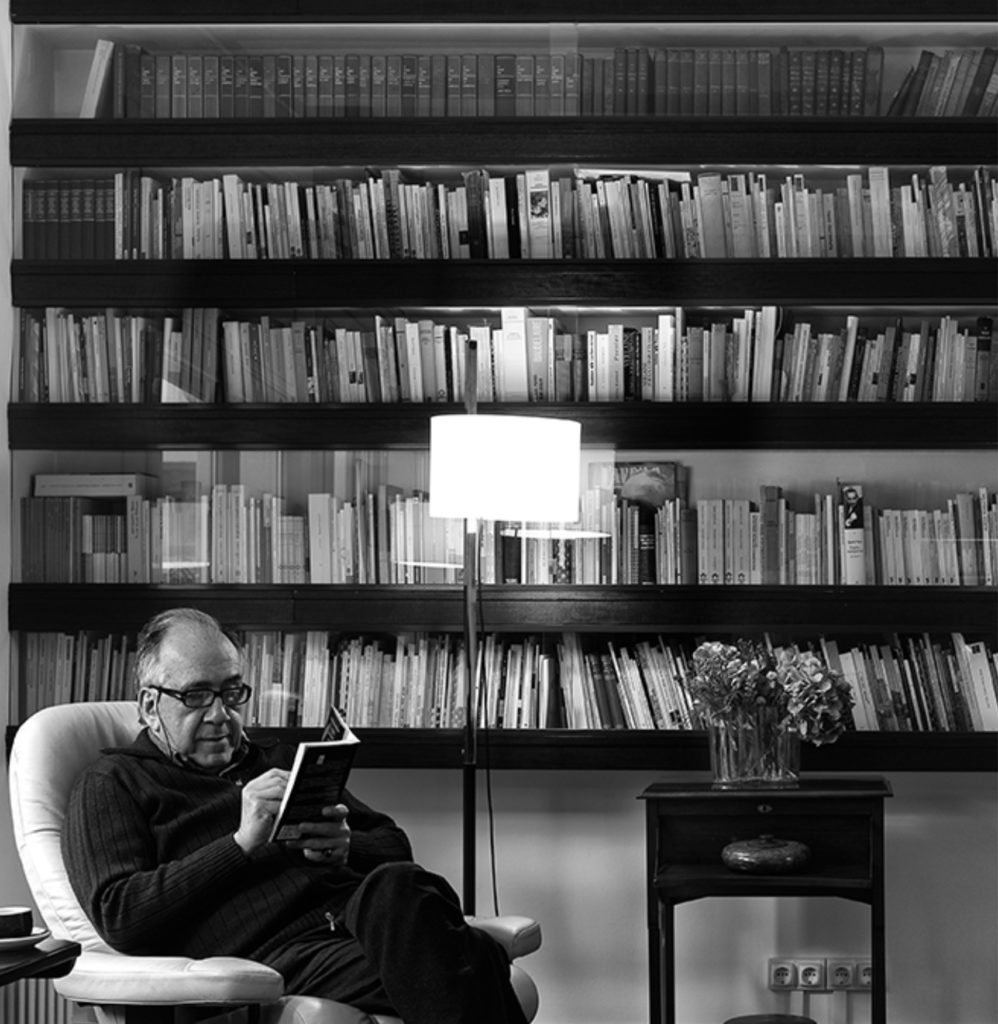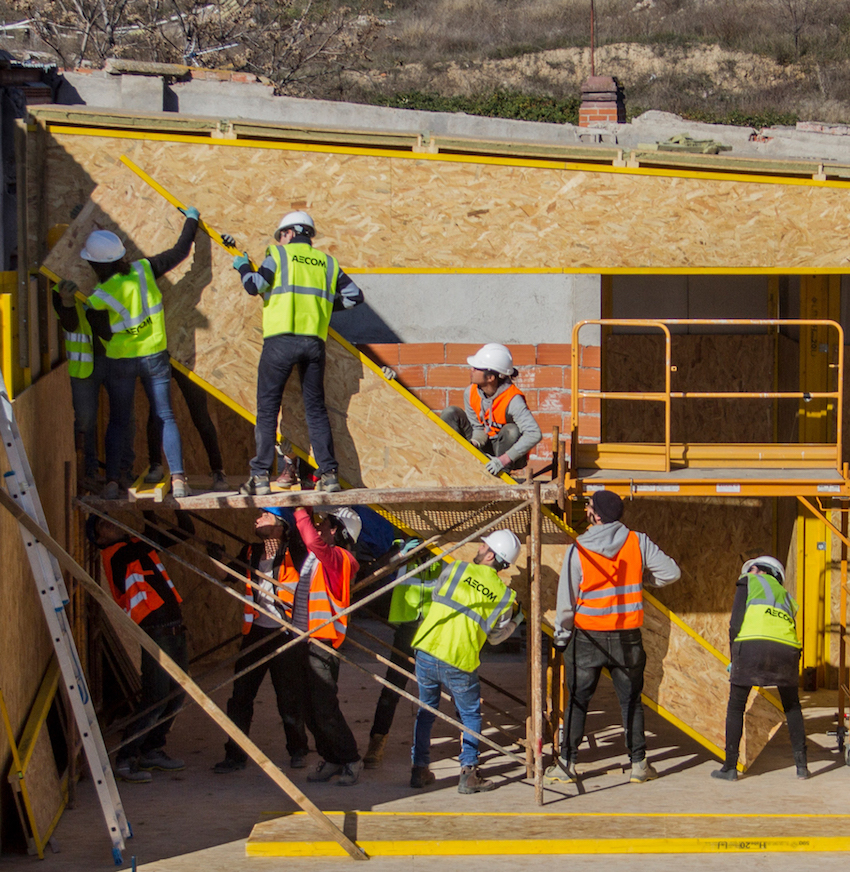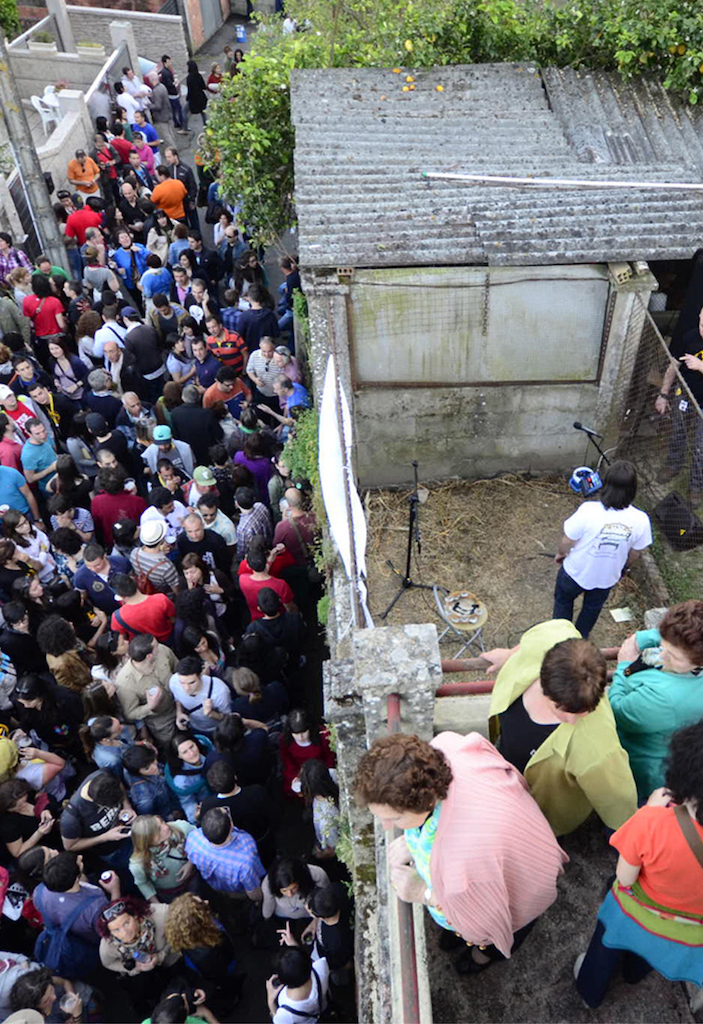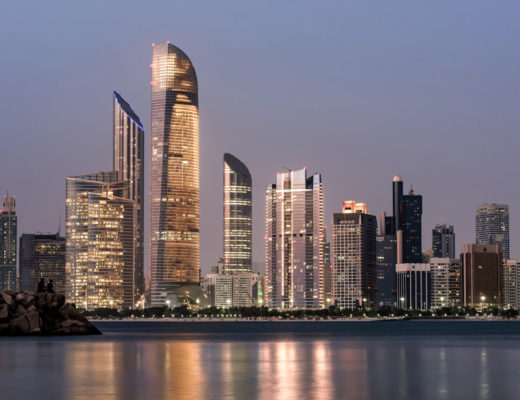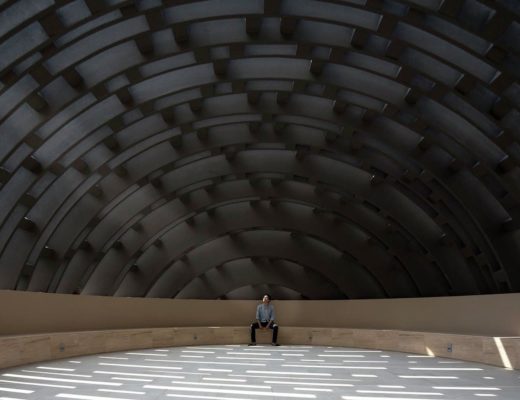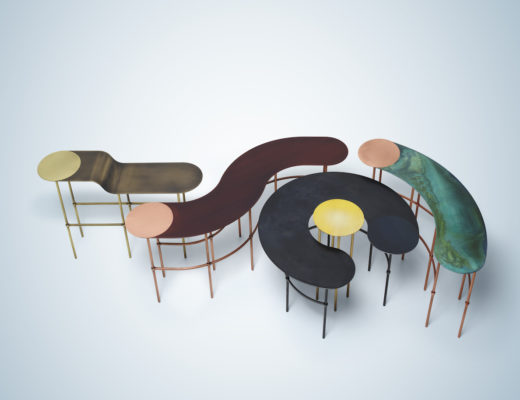The Spanish Pavilion at the 17th edition of the International Architecture Exhibition at Venice Biennale proposes an interdisciplinary form of architecture for our future coexistence in response to the theme of “How will we live together?”
A team of four young curators – Tenerife-based architects Sofía Piñero, Domingo J. González, Andrzej Gwizdala, and Fernando Herrera – was appointed after an open competition was launched.
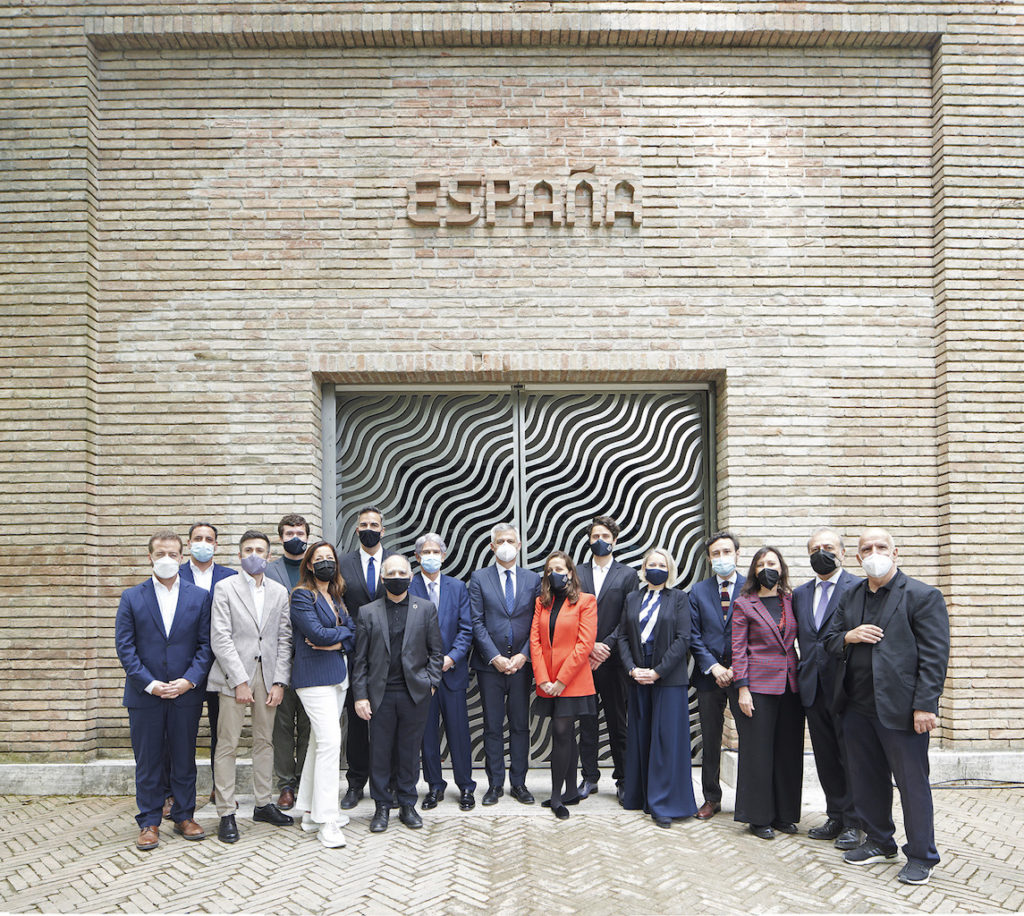
The pavilion titled Uncertainty, comprising 34 schemes, aims to address the current uncertainty by bringing architecture together with creative disciplines for projects that serve the greater good of society. The four team members through their respective expectations and demands, convey a message about adapting to uncertain contexts, as well as to the transversal role that architecture is to play in the collective quest for social wellbeing.

While the biennale was delayed by a year, the Spanish curatorial team had been working on the pavilion before the pandemic started and in view of the current healthcare crisis, the concept by the Spanish curatorial team seems to have been prescient.
Uncertainty showcases architecture in cahoots with other disciplines to make an impact on society, offering new reflections and suggesting new ways of practicing a profession that has evolved to adapt to all the dimensions and needs of a society in constant change.
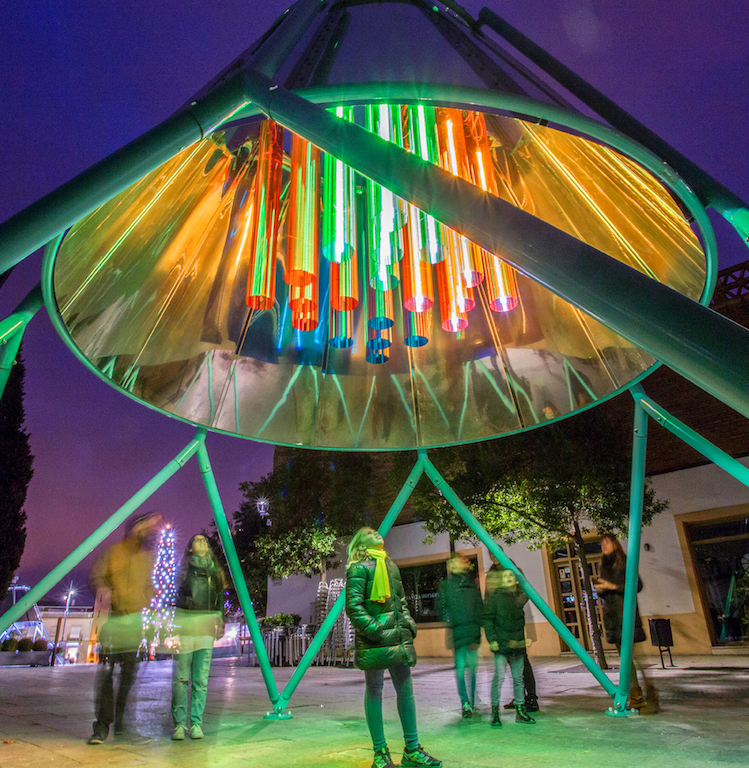
The common denominator aside, the selected proposals are diverse. The presented projects prioritise the creative process over any iconic finished piece; a process executed in a multidisciplinary manner, and with a positive social impact clearly in sight.
Many of the projects are not at first glance recognisable as architecture per se, emphasising the fact that architecture has broken the bounds of its traditional function – construction in the strict sense – to adapt to and mix with other fields, such as music, poetry, education, agriculture, cinema, dance, video games, or tourism, in the process using new forms of communication, including memes inspired by the contemporary pop culture.
As the curatorial team explains, the exhibition of the Spanish Pavilion does not provide any concrete answer to the question formulated by Sarkis, but rather seeks to generate an infinite chain of further questions; with one dominant theme and the one aspect that is certaint: “Our future is together, or nothing”.
The pavilion presents a clear discourse on the differences between uncertainty and certainty. While certainty defines finished realities with clear, recognisable borders – everything that makes any kind of reflection or further study unnecessary. By default, certainty compels us to substitute the rational analysis processes with those based on memorization.
Using uncertainty as an opportunity rather than a disadvantage, the programme pushes the generation of necessary thinking processes that respond to the realities of changing or unknown nature; therefore, influencing the nature of the certainties surrounding us and forcing their evolution.
The so-called new normality demands from architecture the actions that will open the existing limits between predefined antagonisms and eventually break them permanently. Concepts closely conditioned by the economic and cultural factors must now merge and blur their borders. This way, they will become open, allowing the appearance of the indeterminate processes that our liquid society demands. This, the curatorial team hopes, will help communities in gaining the necessary tools to act against any new threats for the future of our coexistence.
The Spanish Pavilion presents a selection of actions that hybridise and expand the competencies of architecture to face new social demands. Uncertainty blurs imposed disciplinary and conceptual boundaries that have ended up becoming principles. It creates open concepts from realities previously perceived as antagonistic.
The exhibited works transform into a unique catalogue of architectural strategies necessary to face the future of our coexistence and its implications, including the social and environmental levels; unravelling how social atomisation – resulting from the variability of responses to the uncertainty that we all have experienced – does not eliminate the possibility of forming a group or a community, nor it pushes us into individualism.
Hence, the pavilion’s central room becomes a volume made out of hundreds of heterogeneous individuals floating in space who, regardless of their physical and conceptual distance, interact to build a single and recognizable body. It becomes a set of different architectures that, like the entire profession, does not lose its ability to define a common path despite being constantly transformed by its interactions with unexpected external forces.
The theme urges us to open our certainties, by focusing on exploring their limits and showcasing the actions that allow different dimensions of reality to become open, dynamic, and adaptable processual elements. It shows a future in which uncertainty, as a design strategy, has become the primary tool to transform our processes and social models, breaking individualism in favour of coexistence.
The exhibition is divided into three parts:
The Uncertainty experience begins with immersion in a heterogeneous Cloud of portfolios, created out of thousands of sheets of paper; a compilation of projects and actions that together constitute a repository of strategies for living together; an inexhaustible source of Uncertainties that serves as a database for the rest of the pavilion.
The exhibition ring around the Cloud features the Draw, an open process that reflects the continuous transformation of our reality, making each visit a unique and indeterminate experience. Visitors will explore the Draw in the four lateral rooms, which, much like Cabinets of Wonder, will encourage them to walk around a non-hierarchical landscape of abstract, decontextualised pieces representing the selected projects.
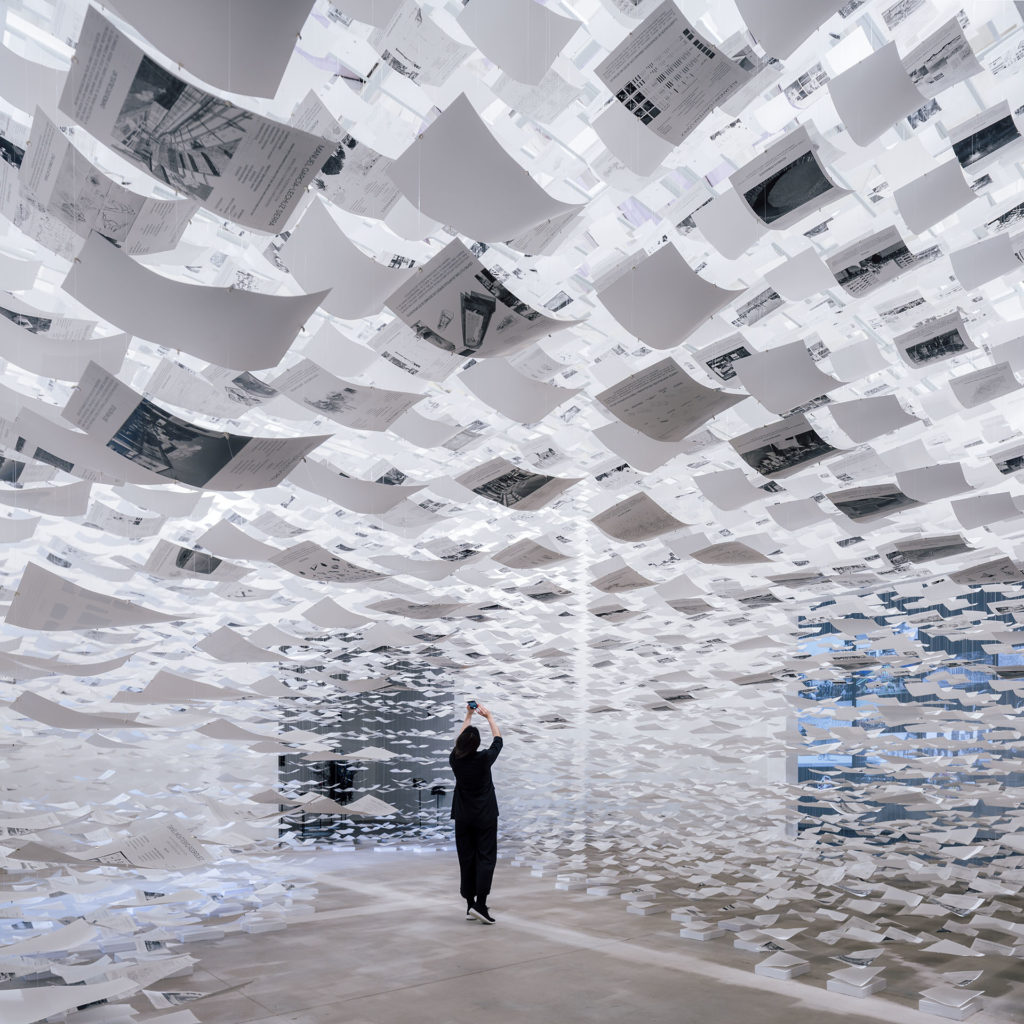
Halfway through the tour they will cross the Together hall, where, through an audiovisual projection mapping, they will discover the sequence of interpretive operations used to select projects out of the Cloud.
In these spaces, the Draw brings together diverse projects based on the various disciplinary boundaries explored by each one of them, reflecting their interconnections through a play of lights, screens, and objects. The time interferences created in this process enable each project to step outside the limits of its initial context, and open up to new cross-readings, emphasizing the role of Uncertainty as a generator of new opportunities.
You might also like:
11 Asian and Middle Eastern pavilions at the Venice Biennale 2021
Hala Wardé appointed curator of Lebanese Pavilion at 2020 Venice Biennale
Dominique Perrault appointed director of Seoul Biennale of Architecture 2021

